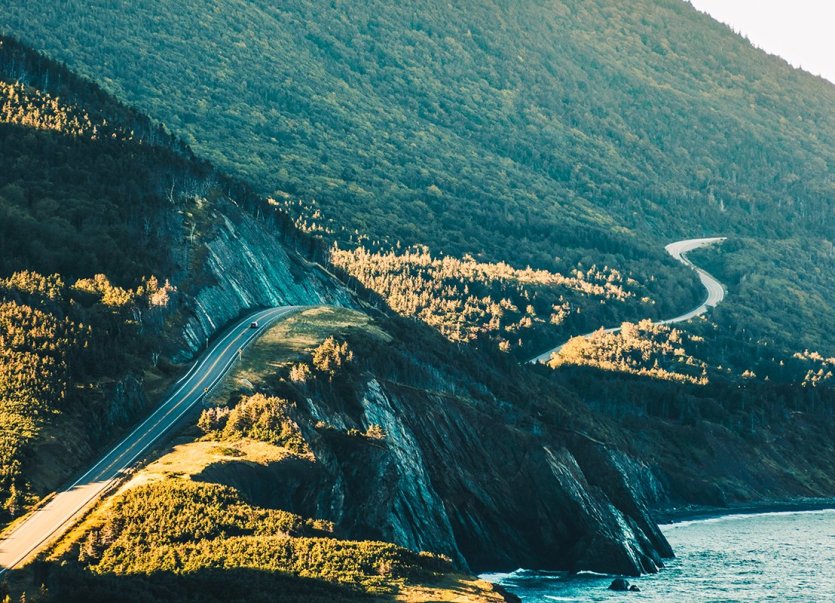
Canada's three Maritime provinces are located east of Quebec. Prince Edward Island, Nova Scotia and New Brunswick have coastlines strongly influenced by the power of the Atlantic Ocean. In these fascinating rural areas, one reaches parks and their beaches where it is not uncommon to see whales in the distance. You can also take a breath of fresh air in the vast forests, where it is pleasant to hike, cycle and take picturesque roads. You can also take a break between two escapades in the wilderness, with gourmet seafood breaks, as in Lunenburg or in the French-speaking cities of Acadia. Comptoir des Voyages offers immersion trips to discover the most authentic way possible these little paradises that are the maritime provinces.
Prince Edward Island
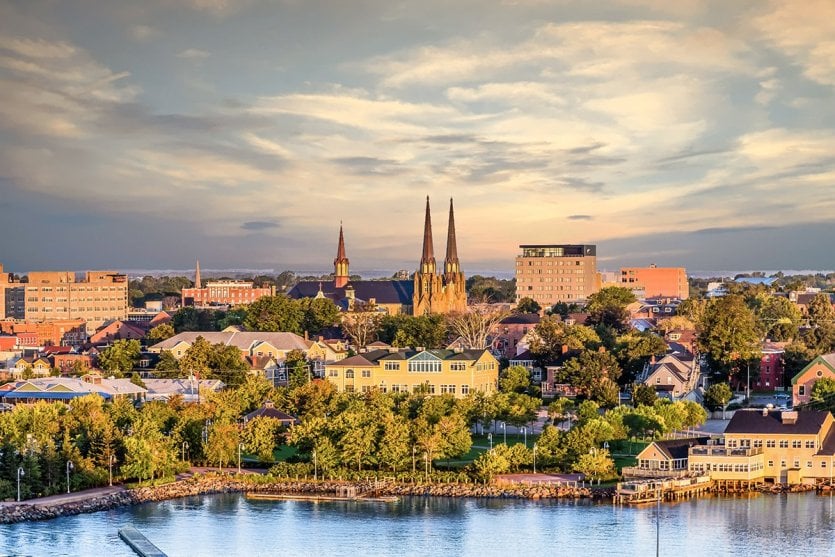
Heading towards this haven of peace, in the hollow of the Gulf of St. Lawrence, is an opportunity to sit on peaceful beaches and contemplate red cliffs and green hills. When you arrive on the island, you have to start with a stop in its capital, Charlottetown. It was here that Canadian Confederation was born in 1864, and it is a symbol. To learn more about it, go to Province House. Then we stroll through the historic part of the city to contemplate the pretty colourful wooden houses and sit at the table of a restaurant to enjoy the local gastronomy. A digestive stroll at Peake's Wharf is a nice way to soak up the island atmosphere. Heading north, you will discover Prince Edward Island National Park, one of the most beautiful in the country. It shelters sublime dunes and beaches of endless red-orange sand and sandstone cliffs. Several trails allow for spectacular walks, such as the Homestead trail. A visit cannot be complete without seeing the Acadian part of the island, in the Evangeline region. Several symbolic places offer the opportunity to learn more about our French-speaking cousins such as the Abram-Village community centre, the Mont-Carmel church and the Miscouche museum. A detour to West Point is finally another opportunity to dine at sunset and let your eyes float out to sea
Cape Breton Island
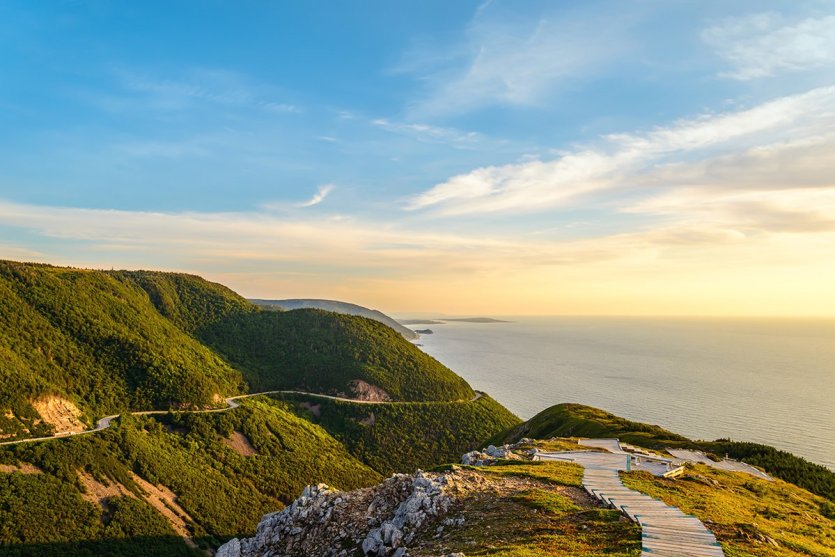
This incredible island, located in northern Nova Scotia, is a huge wooded plateau overlooking a beautiful wild coastline. The Bras d'Or lake almost cuts the island in half. The southern part is relatively low, while the northern part displays relief reminiscent of the Highlands of Scotland. This area is home to Cape Breton Highlands National Park, which is recommended when travelling along the Cabot Trail, one of the most beautiful roads in the world. When you reach the park, you are bound to be fascinated by the nature shows on offer. The ancient forests, carpets of leaves and waterfalls eventually give way to the vastness of the ocean. Later, we reach the Cheticamp region, where a few thousand Acadians live in charming little isolated villages. Belle-Marche, Petit-Étang, welcome visitors to share the beauty of the place with them. On the island, history lovers appreciate a stopover at the fortress of Louisbourg, to better understand the history of this tourist mecca built in the 18th century and where the French lived. Cape Breton Island is also a land of hospitality for food lovers who, along the charming Fleur de Lys road, find themselves in beautiful fishing villages where restaurants serve delicious traditional French dishes. Finally, go to the village of Ingonish to digest in the middle of a beautiful nature.
Grand-Manan Island
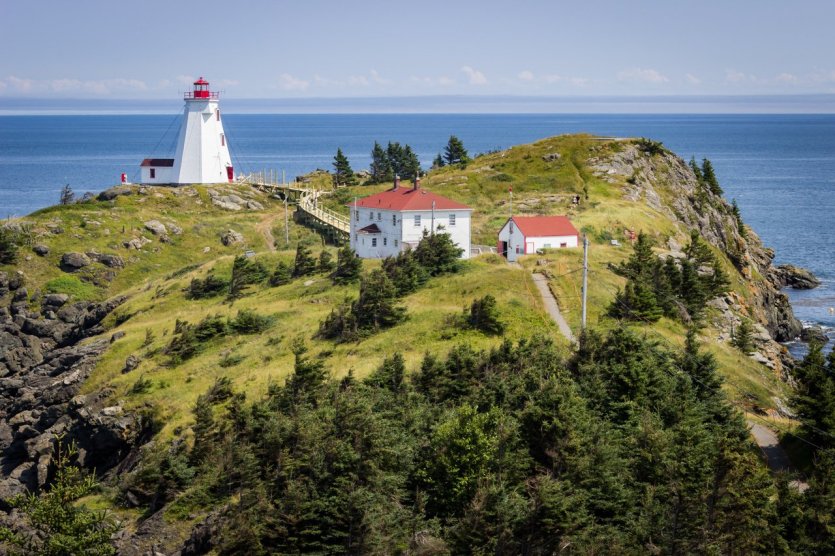
In New Brunswick, the small island of Grand-Manan looks like a perfect vacation destination. It is indeed a welcoming place for travellers from all walks of life. First of all, nature lovers, who have the opportunity to take hiking trails that lead them to discover steep cliffs and deserted beaches where sunsets are an invitation to calm and relaxation. The 33 km long seaside road takes visitors to the heart of the beautiful seascape, and also from one lighthouse to another, from Southwest Head on the cliffside to Swallowtail, which is also the meeting point for seals and whales. Wildlife observation is an essential activity, especially for ornithologists, as the territory is home to more than 240 species of birds. It is particularly fascinating to be able to observe them from White Head Island, which can be reached in 20 minutes by boat. This peaceful place where 180 residents live is also pleasant for cycling or kayaking, depending on the beautiful island landscapes. In the fishing villages here and there, the gourmet breaks allow you to taste everything that makes the local pride, with herring in the lead. Then, in the small shops, you should not miss leaving with another delicacy par excellence of the place: the seaweed
Campobello Island
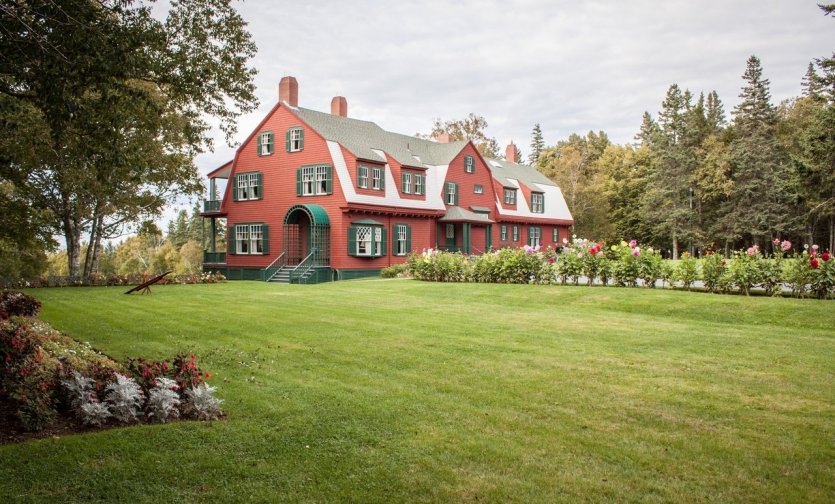
Campobello is the beloved island of Frankiln D. Rossevelt. A getaway to Roosevelt Campobello International Park seduces history lovers, who have the opportunity to see a short film at the reception, retracing the many journeys of the former American President on the island, but also to discover his house, whose furniture belonged largely to the man and where one can relax around a good cup of tea. Nearby is Herring Cove Provincial Park, a beautiful natural site with hiking trails, a golf course, and multiple trails leading to bogs, beaches and majestic cliffs where you can see abundant wildlife, including beavers, eagles and birds of prey. On the beaches, seals and whales are the ones who sign the call from the sea. Lighthouses are a must in the Maritime provinces, and on Campobello Island, Head Harbour is one of the oldest in the country. It is easy to understand, but there are many places on the island that offer superb views: Head Harbour, Liberty Point, Friars Head and the East Quoddy Lighthouse area are just some of the places to add to its list of the most beautiful natural attractions in one of North America's most beautiful islands.
Miscou Island
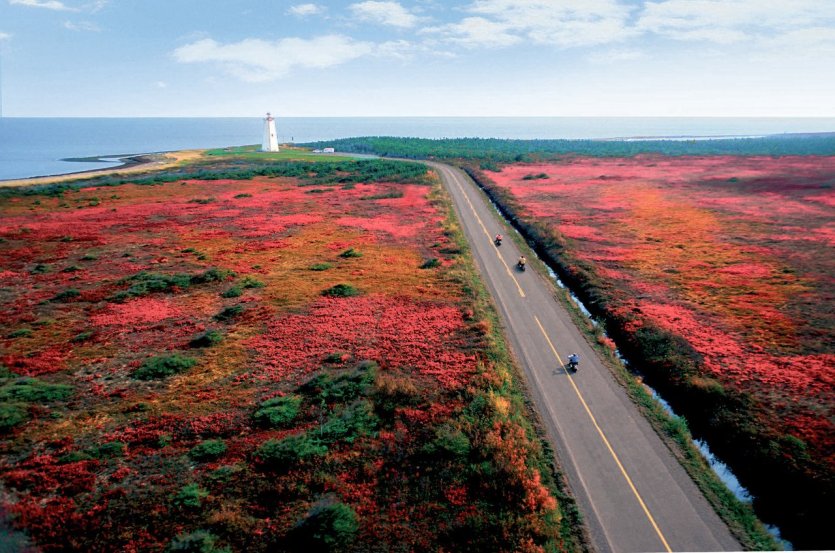
Two bridges are required to reach Miscou Island, which appears to be a place on the other side of the world. Located at the end of the Acadian Peninsula, it is first of all a sandy land on the one hand, and on the other hand, peat bogs, landscapes so emblematic of the Maritime provinces. There are many ways to explore the island, walk through the marshes and reach the wild beaches. Like any self-respecting island, Miscou also has its own lighthouse. This historic monument occupies an important place, it was first built in 1856 to guide sailors towards the Baie des Chaleurs and the Gulf of St. Lawrence. Every spring, locals and tourists watch for the program of the Voir Miscou concert series and then die in July to dress in period costume, eat around the lighthouse, enjoy the majestic setting, the beach and above all, the music. A magical place, full of colours inviting to a soothing distance.


